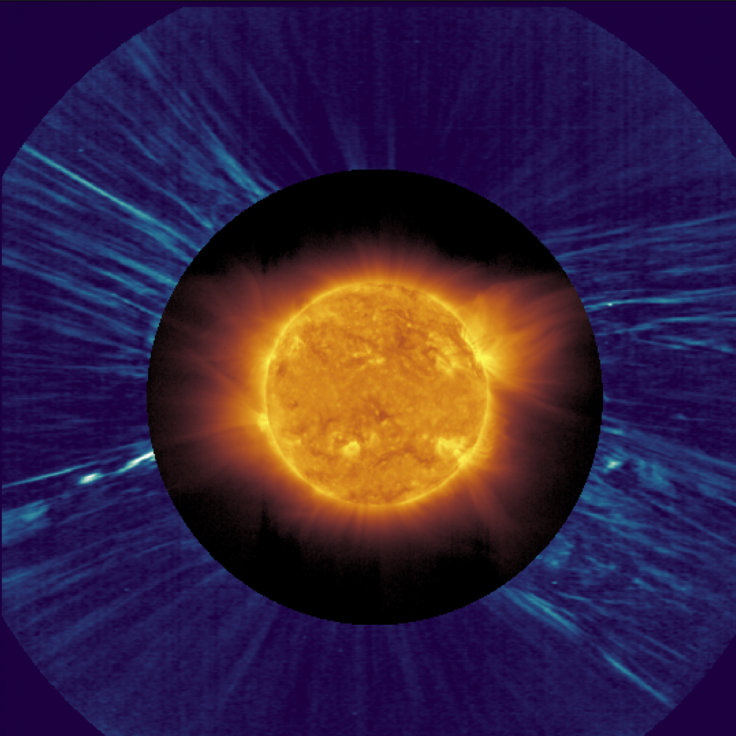NASA and the European Space Agency (ESA) have made history today.
The ESA has recently announced that the Solar Orbiter it made in collaboration with NASA has found "compelling clues" as to the origin of solar switchbacks.
The solar orbiter is the same one that was bombarded by the sun's coronal mass ejection in early September, though it was able to capture data as it encountered the sun's ejection.
ESA-NASA Solar Orbiter Measurement Details
The ESA mentioned in its announcement that the Solar Orbiter had made the first-ever remote sensing observation that revealed the presence of a solar switchback, revealing its origins.
For those unaware, a solar switchback, which is also called a magnetic switchback, is a sudden and large deflection or disturbance of the solar wind's magnetic field, causing it to bend back on itself, per NASA.
The orbiter's observations indicated that the solar wind's rapidly changing magnetic fields could have their origin near the surface of the sun.

The data and pictures the Solar Orbiter's Metis instrument took on March 25 showed a distorted S-shaped kink in the coronal plasma.
The Solar Orbiter's Metis is the spacecraft's coronagraph which will be used to simultaneously take images of visible and ultraviolet emissions of the sun's corona, per the Metis website.
Daniele Telloni from the National Institute for Astrophysics-Astrophysical Observatory of Torino, Italy, saw the S-shaped kink and said that it look suspiciously like a solar switchback.
He then compared the picture that showed the kink with a concurrent image taken by the orbiter's Extreme Ultraviolet Imager (EUI) instrument and saw that it was taking place above an active region on the sun cataloged as AR 12972.
Active regions are where sunspots and magnetic activity usually occur.
Telloni then thought of the theory proposed by Prof. Gary Zank of the University of Alabama in Huntsville, which tackled the way different magnetic regions near the surface of the sun interact with each other.
With the picture from the orbiter's Metis and EUI instruments, as well as Zank's theory on solar switchbacks, the two astronomers proved that switchbacks occur when there is an interaction between a region of open field lines and a region of closed field lines.

This interaction happens when the two field lines crowd together and reconnect into more stable configurations. However, rather than cracking a whip, the reconnection releases energy and creates an S-shaped disturbance that travels into space, allowing spacecraft to record it as a switchback.
The Impact of the Solar Orbiter's Discovery
Telloni and Zank's discovery, with the help of the Solar Orbiter's data and pictures, helps astronomers understand the origins of solar switchbacks, per Spacewatch Europe.
As a result, scientists are now closer than ever to answering questions about the source of solar wind acceleration.
Telloni said that the next step in understanding the behavior of solar wind is to "statistically link" switchbacks observed using other spacecraft with their source regions on the sun.
Daniel Müller, ESA Project Scientist for Solar Orbiter, said that the observations the orbiter produced is what the ESA is hoping to achieve, adding that it obtains more data from the space agency's suite of ten instruments with every orbit.
"Based on results like this one, we will fine-tune the observations planned for Solar Orbiter's next solar encounter to understand the way in which the Sun connects to the wider magnetic environment of the Solar System," Müller said. "This was Solar Orbiter's very first close pass to the Sun, so we expect many more exciting results to come."









